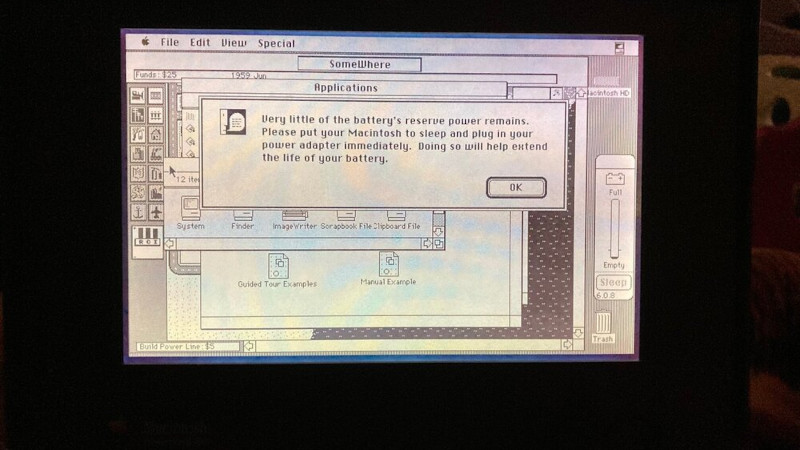Upgrading the PowerBook 100 With A Fresh New Battery

The PowerBook 100 was one of the earliest Apple laptops released, coming not long after the breakout Macintosh Portable. Unlike modern hardware, it relied on sealed lead acid batteries. [360alaska] …read more Continue reading Upgrading the PowerBook 100 With A Fresh New Battery